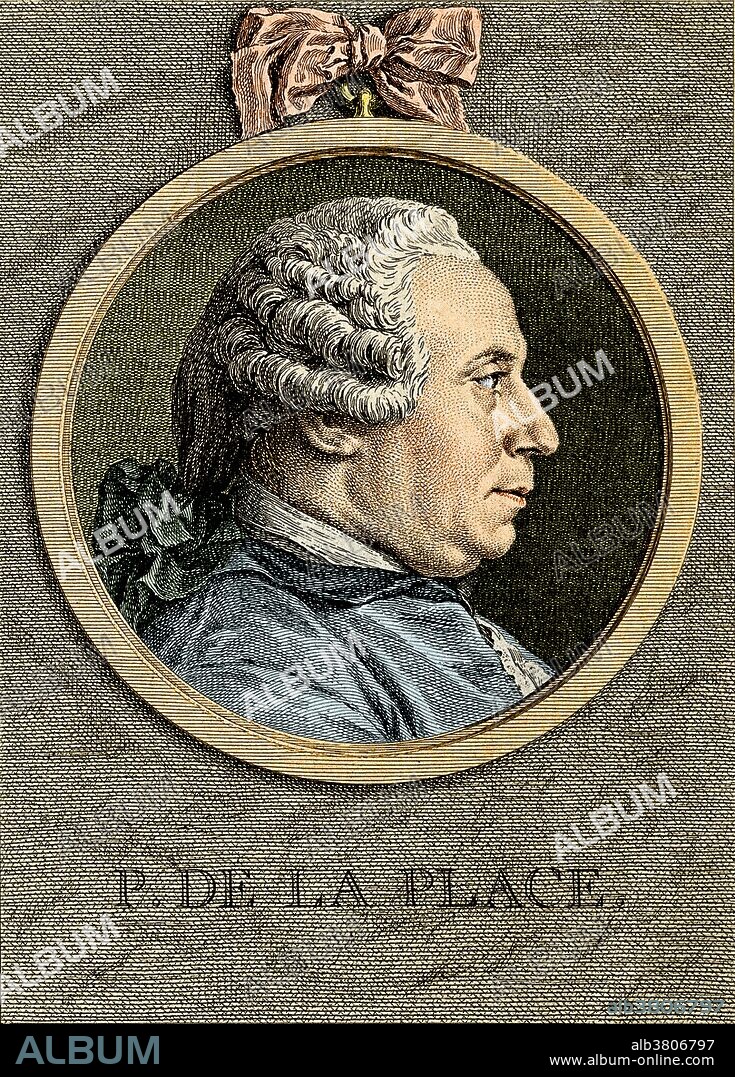alb3806797
Pierre-Simon Laplace, French Polymath

|
Ajouter à une autre Lightbox |
|
Ajouter à une autre Lightbox |



Avez-vous déjà un compte? S'identifier
Vous n'avez pas de compte ? S'inscrire
Acheter cette image

Titre:
Pierre-Simon Laplace, French Polymath
Légende:
Voir la traduction automatique
Pierre-Simon, marquis de Laplace (March 23, 1749 - March 5, 1827) was a French mathematician and astronomer whose work was pivotal to the development of mathematical astronomy and statistics. He formulated Laplace's equation, and pioneered the Laplace transform which appears in many branches of mathematical physics. The Laplacian differential operator, widely used in mathematics, is also named after him. He is better known as a talented mathematician and he used these skills in astronomy. Between 1799 and 1825 Laplace published his most important work, Celestial Mechanics. The book aimed to improve the understanding of the motions in the solar system by studying the gravitational perturbations between the sun and the planets. He also proposed that the solar system was formed from a rotating disk of gas and was one of the first scientists to postulate the existence of black holes and the notion of gravitational collapse. Laplace is remembered as one of the greatest scientists of all time. Sometimes referred to as the French Newton or Newton of France. Born a Catholic, Laplace appears for most of his life to have veered between deism and atheism. He died in 1827 at the age of 77. His brain was removed by his physician, Francois Magendie, and kept for many years, eventually being displayed in a roving anatomical museum in Britain. It was reportedly smaller than the average brain. His name is one of the 72 names inscribed on the Eiffel Tower.
Crédit:
Album / Science Source / Wellcome Images
Autorisations:
Modèle: Non - Propriété: Non
Questions sur les droits?
Questions sur les droits?
Taille de l'image:
3015 x 4200 px | 36.2 MB
Taille d'impression:
25.5 x 35.6 cm | 10.1 x 14.0 in (300 dpi)
Mots clés:
18 18E 18EME XVIII XVIIIE XVIIIEME SIECLE • 18E SIECLE • 18EME S • ASTRONOMIE • CÉLÈBRE • CELEBRITE • DIX-HUITIÈME SIÈCLE • EUROPÉEN • HOMME DE SCIENCE • HOMME • ILLUSTRATION • MATHEMATICIEN • MATHÉMATIQUE • PERSONNAGES • PERSONNALITÉS • PERSONNE • PORTAIT • PORTRAIT • POTRAIT • SAVANT • SCIENCE: ASTRONOMIE • SCIENTIFIQUE • SYSTEME SOLAIRE • XVIIIE SIECLE
 Pinterest
Pinterest Twitter
Twitter Facebook
Facebook Copier le lien
Copier le lien Email
Email
